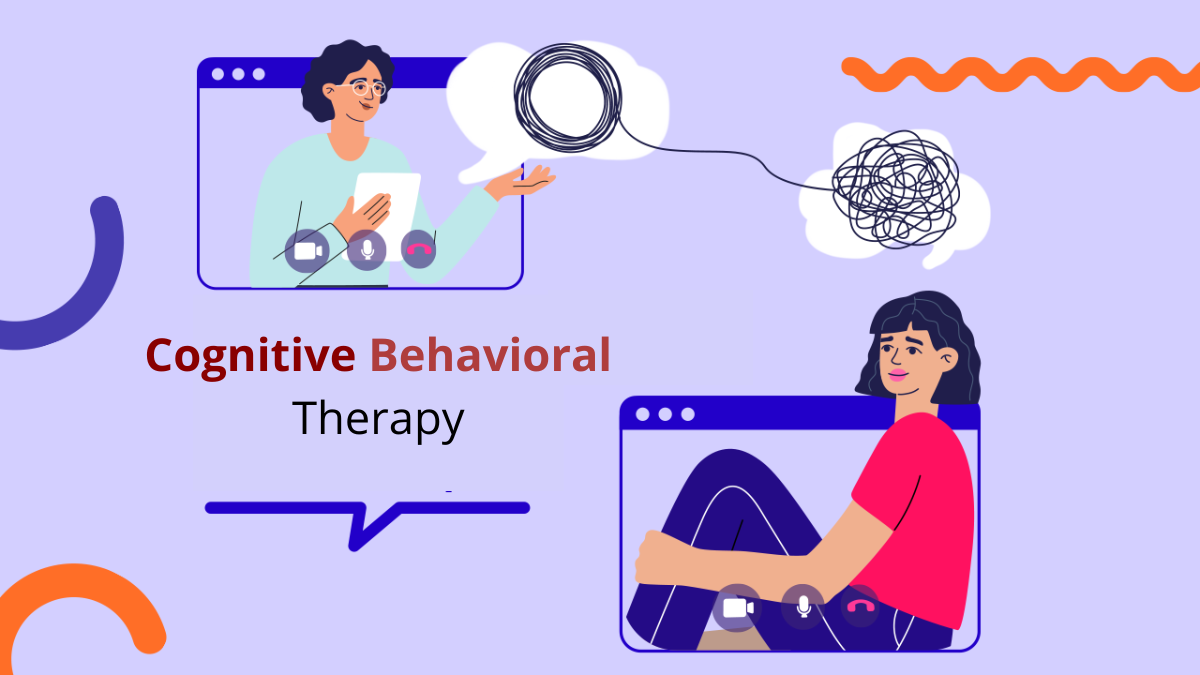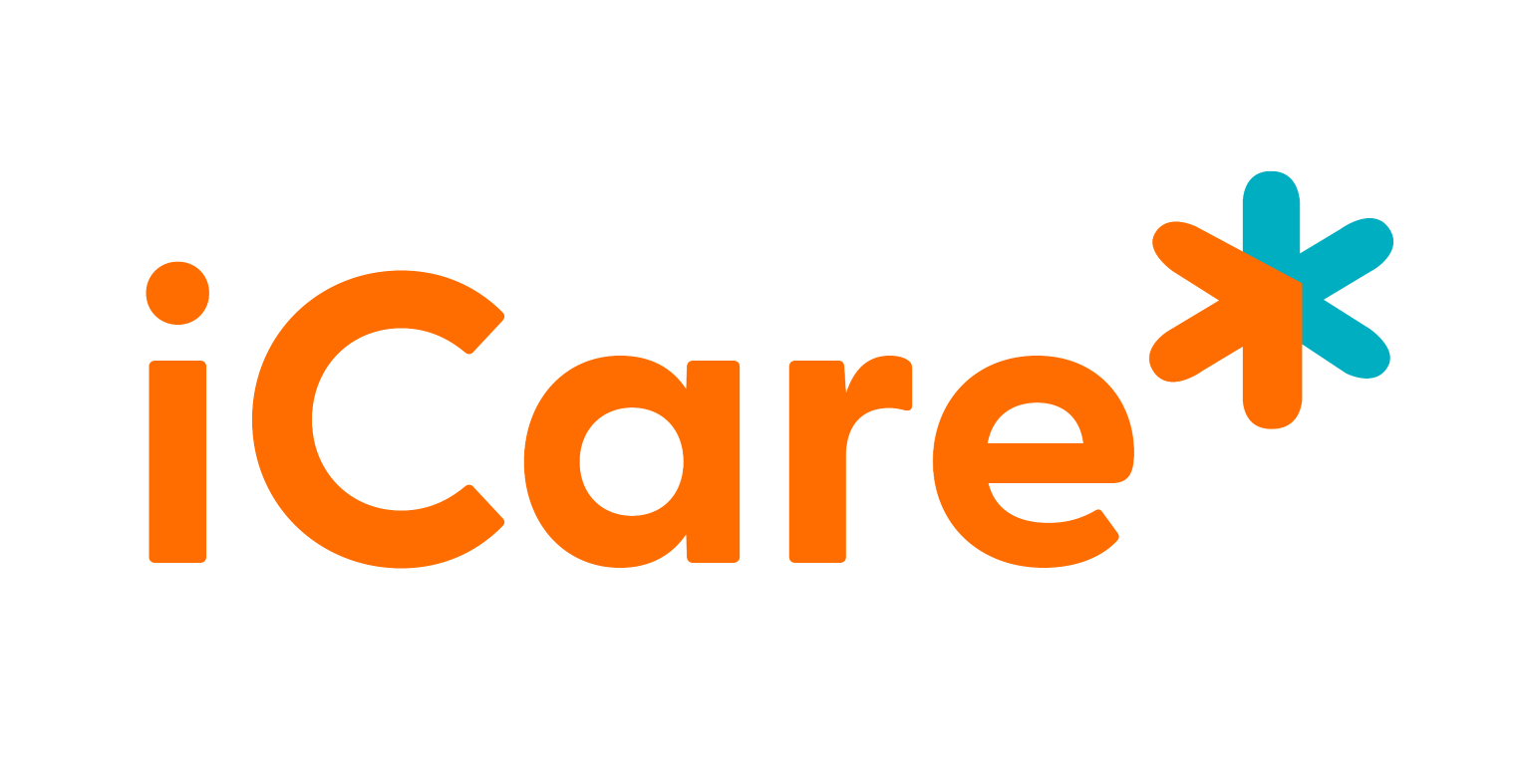Comprehensive Psychiatric Evaluation of a Patient with Conduct Disorder
(Comprehensive Psychiatric Evaluation of a Patient with Conduct Disorder)

Patient Initials: H.F.
Gender: Male
SUBJECTIVE:
CC: “He has been suspended from school, and I cannot contain him anymore.”
HPI: The patient, a 16-year-old male, presents at the clinic with his mother, concerned about his increased aggressive behavior and dislike for people, especially schoolmates and older neighbors. The mother reports that H.F. is suspended from school after engaging in pervasive aggressive behavior, bullying, breaking school furniture, drawing on the wall, and picking fights with fellow students and teachers. The mother states that since he turned 15, he has been a different person, does not like to be around people, and locks himself in his room. He is also accused of stealing things in school, and before his suspension, he had carried a knife, which he threatened a teacher with. The mother reports that she cannot leave her purse or the husband cannot leave his wallet unattended because H.F. has developed a tendency to take money without asking. She also reports that the last mother, H.F. spent three nights away from home without giving notice or asking for permission. Until now, his parents do not know where he was. It also happened once when he was 12, but he was punished and promised not to do it again. The mother fears that he is also engaging in risky sexual behavior, as he has been seen with multiple girls, often older than him, and alcohol and substance use because the mother found a bottle in his room. She reports that he is also aggressive towards their cat, and she fears he will hurt the cat.
Social History: H.F. lives with her parents. He has an older brother, who leaves away from home, and a younger sister, who is in Grade 8.
Education and Occupation History: H.F. is in high school.
Substance Current Use and History: The reports using alcohol occasionally.
Legal History: The client denies any legal history, but he been punished multiple times in school and at home.
Family Psychiatric/Substance Use History: Mother denies family mental health. She reports the husband uses alcohol occasionally.
Past Psychiatric History:
Hospitalization: Denies hospitalization history.
Medication trials: Denies history of medical trials
Psychotherapy or Previous Psychiatric Diagnosis: Was previous evaluated for ADHD but a diagnosis was not established.
Medical History: None.
- Current Medications: Denies using any medications currently.
- Allergies:
- Reproductive Hx: Sexually active. H.F. states using protection.
ROS:
General: Patient is well-nourished, normal activity levels. Denies fever or fatigue.
HEENT: Eyes: Patient denies visual loss, blurred vision, double vision, or yellow sclerae. Ears, Nose, Throat: No hearing loss, sneezing, congestion, runny nose, or sore throat.
Skin: No rash or itching.
Cardiovascular: Denies chest pain, chest pressure, or chest discomfort. No palpitations or edema.
Respiratory: Denies wheezes, shortness of breath, consistent coughs, and breathing difficulties while resting.
Gastrointestinal: Patient denies diet changes, feelings of nausea and vomiting. Denies diarrhea. No abdominal pain or blood. Denies constipation. History of GERD.
Genitourinary: Denies burning on urination, urgency, hesitancy, odor, odd color
Neurological: The patient denies headaches, dizziness, syncope, paralysis, ataxia, numbness, or tingling in the extremities. No change in bowel or bladder control. Reports concentration and attention problems.
Musculoskeletal: The patient denies muscle pain and weakness. Denies back pain and muscle or joint stiffness. Moves all extremities well.
Psychiatric: History of behavior problems. Recent complaints of il conduct.
Hematologic: Denies anemia, bleeding, or bruising.
Lymphatics: Denies enlarged nodes. No history of splenectomy.
Endocrinologic: Denies sweating. No reports of cold or heat intolerance. No polyuria or polydipsia.
OBJECTIVE:
Vital signs: Stable
Temp: 97.8F
B.P.: 110/70
P: 85
R.R.: 19
O2: Room air
Pain: 0/10
Ht: 5’9 feet
Wt: 170 lbs
BMI: 25.1
BMI Range: Overweight
LABS:
Lab findings WNL
Tox screen: Positive
Alcohol: Positive
Physical Exam:
General appearance: The patient is awake, healthy-appearing, well-developed, and well-nourished.
HEENT: Normocephalic and atraumatic. Sclera anicteric, No conjunctival erythema, PERRLA, oropharynx red, moist mucous membranes.
Neck: Supple. No JVD. Trachea midline. No pain, swelling, or palpable nodules.
Heart/Peripheral Vascular: Regular rate and rhythm noted. No murmurs. No palpitation. No peripheral edema to palpation bilaterally.
Cardiovascular: The patient’s heartbeat and rhythm are normal. The patient’s heart rate is within normal range, and capillaries refill within two seconds.
Musculoskeletal: Normal range of motion. Normal motor strength and tone.
Respiratory: No wheezes, and respirations are easy and regular.
Neurological: Balance is stable, gait is normal, posture is erect, the tone is good, and speech is clear. The patient has frequent headaches.
Psychiatric: The patient is easily distracted and is uncooperative in some instances.
Neuropsychological testing: Social-emotional functioning is impaired.
Behavior/motor activity: Patient was uncooperative in some instances.
Gait/station: Stable.
Mood: Good.
Affect: Good.
Thought process/associations: comparatively linear and goal-directed.
Thought content: Thought content was appropriate.
Attitude: the patient was uncooperative at times
Orientation: Oriented to self, place, situation, and general timeframe.
Attention/concentration: Impaired
Insight: Good
Judgment: Good.
Remote memory: Good
Short-term memory: Good
Intellectual /cognitive function: Good
Language: clear speech, with a tone assessed to be normal
Fund of knowledge: Good.
Suicidal ideation: Negative.
Homicide ideation: Negative.
ASSESSMENT:
Mental Status Examination:
The 16-year-old male patient presents with complaints of ill and ungovernable behavior and conduct from the mother. The patient is uncooperative, aggressive, a bully, and gets agitated easily. The patient demonstrated impaired concentration and attention, which made it challenging to build rapport. His mood and affect were good, but had impaired attention and focus, was apathetic, and was easily irritated. He denies any thoughts of suicide or homicide. The mother fears that if the ill behavior and conduct continues, her son will end up in jail.
Differential Diagnosis:
- 9 Conduct Disorder
Disruptive behavioral disorders include conduct disorder (CD) and oppositional defiant disorder (ODD). In some circumstances, ODD appears before CD. The CD is characterized by a series of behaviors that include showing hostility and violating other people’s rights. Conduct disorder frequently co-occurs with other psychiatric diseases such as depression, attention deficit hyperactivity disorder, and learning problems (Mohan et al., 2023). It is vital to remember that occasional rebellious conduct and a propensity to disrespect and disobey authority figures can be seen frequently during childhood and adolescence. The signs and symptoms of CD show a pervasive and recurrent pattern of hostility towards people and animals, as well as the destruction of property and breaking of regulations (Sagar et al., 2019). Per the DMS-5 criteria, an individual has to exhibit behaviors that include violation of other people’s rights and disregards acceptable conduct. The individuals should demonstrate dysfunction in various areas, including aggression toward other people and animals such as initiating fights, carrying and using weapons, bullying, threatening, and being cruel towards people and animals, deliberate property destruction, stealing and lying, and significant violation of rules like running away from home and staying out late (Zhang et al., 2018). H.F. presents with all these dysfunctions, confirming the diagnosis.
(Comprehensive Psychiatric Evaluation of a Patient with Conduct Disorder)
- 3 Oppositional Defiant Disorder
Opposition defiant disorder is also a disruptive behavioral disorder that often precedes CD. Due in part to the overlapping normative conflict between children and their parents, ODD is rarely recognized in older children and teenagers. Males are more likely than females to have ODD in preadolescence (1.4:1), but neither adolescents nor adults exhibit this male predominance (Aggarwal & Marwaha, 2022). Symptoms are believed to be generally stable between the ages of five and ten, and after that, they start to decline. As people get older, the prevalence decreases. It mainly entails issues with the restraint of emotions and actions. According to the DSM-5 criteria, the fundamental characteristic of ODD is a recurring pattern of anger or irritability, argumentative or defiant behavior, or retaliation against others (Aggarwal & Marwaha, 2022). This diagnosis was refuted because the patient presented with ODD symptoms and additional symptoms that fit CD criteria.
- 9 Attention Deficit Hyperactivity Disorder
Attention deficit Disorder Often co-occurs with CD. It impairs an individual’s ability to function. People with this illness exhibit tendencies of inattentiveness, hyperactivity, or impulsivity at developmentally inappropriate levels. Young children with ADHD typically exhibit inattentiveness, lack of concentration, disorganization, difficulty finishing chores, forgetfulness, and losing items (Magnus et al., 2023). To qualify as having “ADHD,” a person’s symptoms must start before age 12, endure for six months, and interfere with daily activities. It must be present in multiple environments, such as at home and school or school and after-school activities (Magnus et al., 2023). Large-scale repercussions may include problematic social interactions, a rise in risky conduct, job losses, and difficulties in the classroom. The diagnosis was refuted because ADHD was not established before the age of 12 and the student does not present with functioning difficulties, but only inattentiveness.
PLAN:
The patient would benefit from a combination of pharmacotherapy and psychotherapy.
Safety Risk/Plan:
H.F. has no desire to harm himself or others and does not have any current plans. The patient has no suicidal or homicidal thoughts. Admission is not necessary.
Pharmacological Interventions:
Pharmacotherapy aims to treat mental co-morbidities with the proper medications, such as stimulants and non-stimulants for treating ADHD, antidepressants for addressing depression, and mood stabilizers for treating aggression and mood dysregulation (Mohan et al., 2023). Antiepileptic medications (AEDs) and second-generation antipsychotics are traditional mood stabilizers that can improve mood.
Psychotherapy:
Parent management training, which aims to teach parents how to discipline their children consistently, reward positive behavior appropriately, and encourage prosocial behavior in kids, multisystemic therapy, which targets family, school, and individual issues; and anger management training are all part of the psychosocial treatment that can help address conduct disorder in H.F. Moreover, individual psychotherapy focusing on problem-solving abilities builds connections by resolving interpersonal problems and teaches assertiveness to decline harmful influences in the community, which is useful in treating CD (Mohan et al., 2023). The development of therapeutic school environments that can offer a structured program to lessen disruptive behaviors in the future will be the focus of community-based treatment.
Education:
- Advise the client of the necessity for drug adherence, possible adverse effects, and potential complications from taking the medication.
- Advise the client that additional therapy sessions are necessary.
- To prevent relapse, monitor withdrawal symptoms frequently.
- Inform the client regarding healthy behaviors and attitudes.
- Encourage the patient to cooperate with the medical staff and to seek assistance at any time.
- Encourage the client to take part in group therapy or a support group to develop social skills.
Consultation/follow-up: Follow-up is in two weeks for further assessment.
(Comprehensive Psychiatric Evaluation of a Patient with Conduct Disorder)
Reflection
Conduct disorder is common among children and adolescents and is often associated with developmental stages and characteristics. Occasional disobedience and ill behavior are typical or expected during adolescence. The situation becomes problematic when the behavioral dysfunctions have a pervasive pattern and are recurring. Parents and teachers might fail to address conduct dysfunctions successfully and require professional help, as in this case. Dealing with CD is also challenging for the practitioners because the patient is perceived as problematic and might extend aggression towards the practitioner, raising the risk of harm. However, the process is more effective when professionals, parents, and teachers work together. Ethical issues arising when dealing with the client include autonomy and confidentiality, considering the client is still a minor. Informed consent to offer any form of treatment should be obtained from the parent. If given another opportunity with the client, I would seek information from the teacher and the school’s disciplinary members to develop a more comprehensive evaluation and treatment plan.
References
Aggarwal, A., & Marwaha, R. (2022). Oppositional Defiant Disorder. In StatPearls [Internet]. StatPearls Publishing.
Magnus, W., Nazir, S., & Anilkumar, A.C. (2023). Attention Deficit Hyperactivity Disorder. In: StatPearls [Internet]. StatPearls Publishing. https://www.ncbi.nlm.nih.gov/books/NBK441838/
Mohan, L., Yilanli, M., & Ray, S. (2017). Conduct disorder. In: StatPearls [Internet]. StatPearls Publishing.
Sagar, R., Patra, B. N., & Patil, V. (2019). Clinical Practice Guidelines for the management of conduct disorder. Indian journal of psychiatry, 61(Suppl 2), 270–276. https://doi.org/10.4103/psychiatry.IndianJPsychiatry_539_18
Zhang, J., Liu, W., Zhang, J., Wu, Q., Gao, Y., Jiang, Y., Gao, J., Yao, S., & Huang, B. (2018). Distinguishing Adolescents With Conduct Disorder From Typically Developing Youngsters Based on Pattern Classification of Brain Structural MRI. Frontiers in human neuroscience, 12, 152. https://doi.org/10.3389/fnhum.2018.00152
Do you need a similar assignment done for you from scratch? Order now!
Use Discount Code "Newclient" for a 15% Discount!













